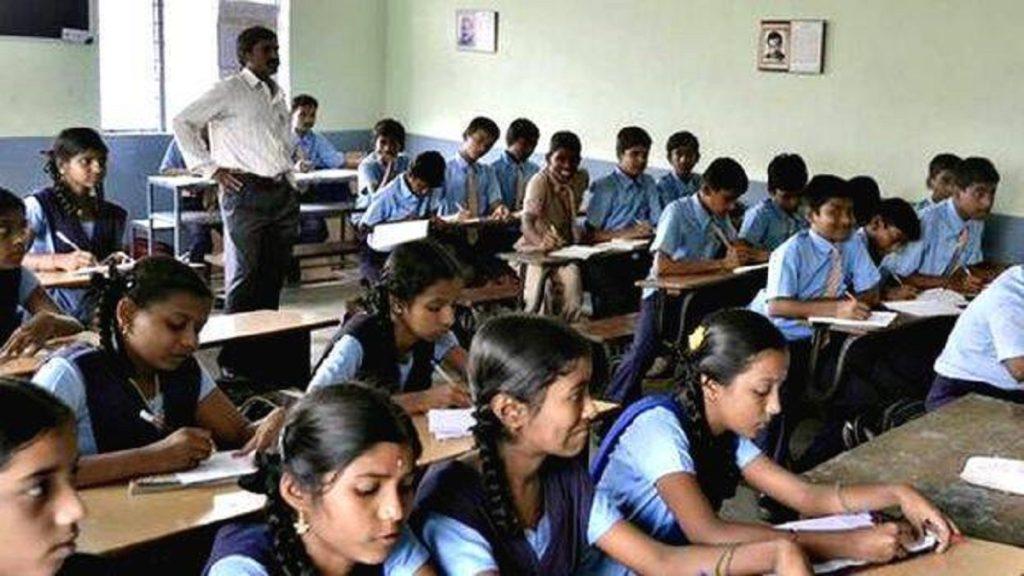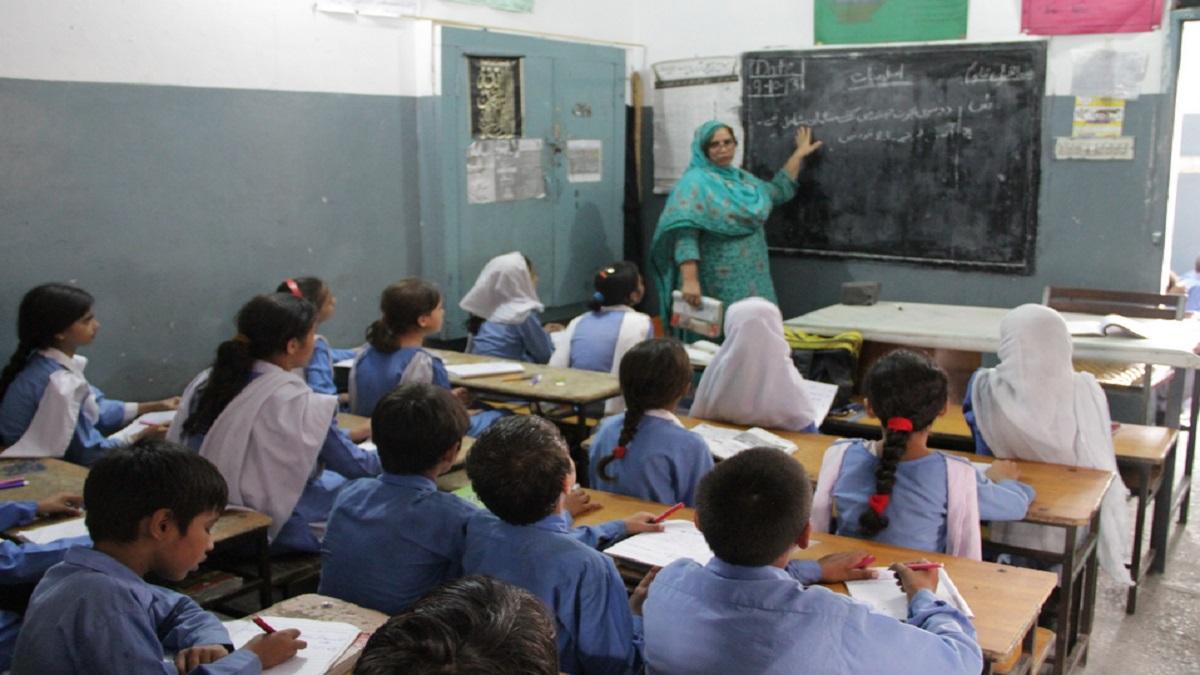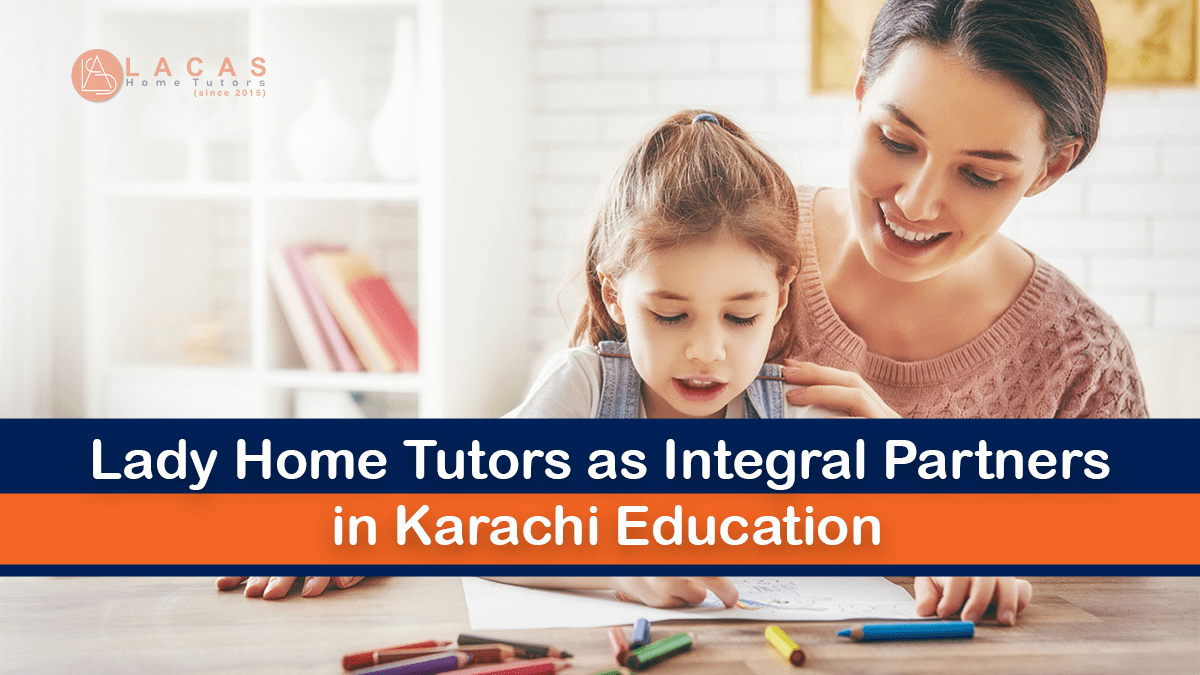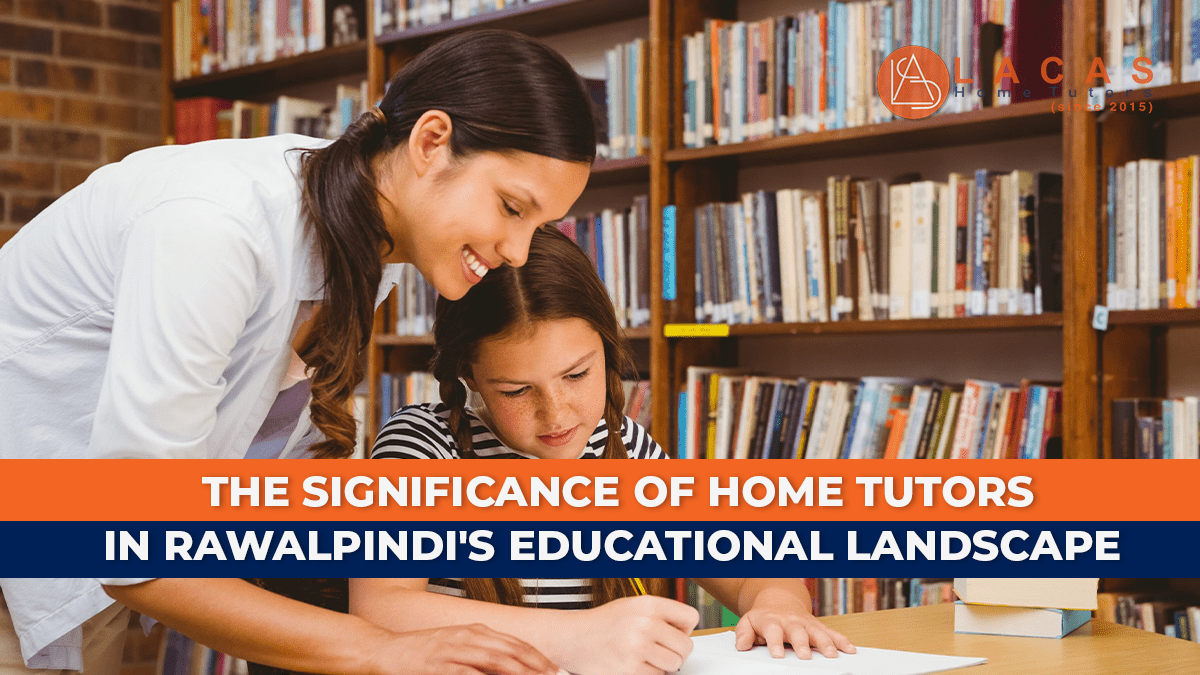Education is a key factor in the development of any nation, and yet Pakistan is struggling to provide quality education to its citizens. The problems of education in Pakistan are complex and multifaceted, ranging from lack of access to inadequate infrastructure and teacher shortages. We will explore some of the main problems of education in Pakistan and discuss the implications they have on the country’s educational system.
Low Enrollment and High Dropout Rates
Another major problem faced by the education system in Pakistan is low enrollment rates and high dropout rates. Despite the government’s efforts to increase enrollment in schools, the statistics are still not very encouraging. A major factor contributing to low enrollment is poverty, as many families cannot afford to send their children to school and prefer to have them work instead.
Another reason for low enrollment rates is the lack of schools in rural areas, which makes it difficult for children to access education. Furthermore, girls’ education is also often neglected, and parents tend to prioritize their sons’ education over their daughters’.
Even when children do enroll in school, the high dropout rates remain a problem. The reasons for this can vary from economic factors to a lack of interest or motivation. Many students drop out of school due to poverty, as they need to work to support their families. Additionally, outdated teaching methods and curricula can make learning dull and uninteresting for students, leading to them losing interest in their education.
To tackle the education problems in Pakistan, it is important to address the issue of low enrollment and high dropout rates. The government needs to take measures to provide more schools in rural areas and make education accessible to all. One effective solution could be the implementation of the best home and online tutor programs, which would allow students to learn at their own pace and from the comfort of their own homes.
Moreover, there is a dire need for the best home tutors in Karachi and other cities who can provide personalized attention to students. And make learning more engaging and interesting. By prioritizing education and investing in quality education programs and resources, Pakistan can improve enrollment rates and reduce dropout rates, paving the way for a brighter future for its citizens.
Lack of Access to Quality Education
One of the most pressing education problems in Pakistan is the lack of access to quality education. Many students across the country struggle to access high-quality education due to several factors. Firstly, there is a shortage of qualified and experienced teachers, which means that many schools are not able to provide a good education to their students. This leads to poor educational outcomes and a lack of preparation for further studies or the workforce.
Additionally, many students are not able to attend school due to poverty, especially in rural areas where the poverty rate is higher. Many families are not able to afford the cost of schooling or the necessary supplies. This leads to low enrollment rates and high dropout rates, further perpetuating the cycle of poverty.
To combat this issue, some families turn to the best home tutors in Karachi or online tutors as an alternative to traditional schooling. However, these options are not always accessible or affordable to everyone.
Overall, the lack of access to quality education is a significant challenge facing Pakistan today. Improving access to quality education will require a multifaceted approach, including increasing funding for schools, improving teacher training, and implementing policies that support the development of effective educational infrastructure.
Insufficient Funding and Resource Allocation
Another major education problem in Pakistan is insufficient funding and resource allocation. According to UNESCO, Pakistan allocates only 2.4% of its GDP to education, which is one of the lowest in the world. As a result, schools and universities often lack basic facilities, such as clean drinking water, proper sanitation, and electricity. This lack of infrastructure and facilities not only hinders students’ learning but also puts their health and safety at risk.
In addition to inadequate funding, there is also a problem with resource allocation. The existing resources are often not used efficiently or effectively. For example, funds may be mismanaged or not reach the intended beneficiaries, such as schools in rural areas. There is also a lack of accountability and transparency in the use of education funds.
To address the issue of insufficient funding and resource allocation, there needs to be a greater focus on prioritizing education in Pakistan’s national budget. Additionally, there should be more transparency and accountability in the allocation and use of education funds. This could be achieved through greater involvement of local communities and civil society organizations in education planning and monitoring.
In the meantime, parents who can do so may opt to hire the services of the best home & online tutor to ensure that their children receive the best education possible. This is particularly important for students in rural areas where there is limited availability of education facilities. In Rawalpindi, for example, there are many options for the Home Tutors in Rawalpindi who can provide one-on-one support. And customized learning to help students overcome the challenges posed by insufficient funding and resource allocation.
Outdated Curriculum and Teaching Methods
One of the major problems in the education system in Pakistan is the use of outdated curricula and teaching methods. Many schools and universities still rely on old textbooks and traditional teaching techniques, which fail to meet the needs of modern students and the changing demands of the job market.
The curriculum in Pakistan focuses mainly on memorization and rote learning, leaving little room for critical thinking, problem-solving, and practical application. Students are not allowed to develop their analytical and creative skills, which are crucial in the 21st century.
Furthermore, the teaching methods used in many Pakistani schools are not interactive or engaging, which leads to students losing interest in learning. Teachers tend to use lecture-style teaching, where they simply talk and students listen passively. This method does not promote active participation and student engagement.
As a result, students in Pakistan often struggle to understand complex concepts and theories, leading to a high dropout rate. This problem is particularly evident in rural areas where access to quality education and best home & online tutor is limited.
To address this issue, the government of Pakistan needs to reform the education system. And develop a curriculum that promotes critical thinking, problem-solving, and practical application. Moreover, schools should incorporate innovative teaching techniques. Such as project-based learning, peer teaching, and digital learning, to engage students and enhance their learning experience.
Lastly, it is essential to invest in teacher training and professional development programs to equip educators with the necessary skills. And knowledge to implement modern teaching methods effectively. By doing so, Pakistan can improve the quality of education and produce skilled and competent graduates who can contribute to the development of the country.

Inadequate Teacher Training and Professional Development
Another major issue in the education system of Pakistan is the lack of proper training and development for teachers. Many teachers in Pakistan are not equipped with the necessary skills and knowledge to effectively teach students. This leads to poor quality education and ultimately impacts the student’s academic performance.
To combat this problem, the government and educational institutions need to provide better teacher training and professional development programs. This includes providing teachers with access to the best home and online tutors, workshops, seminars, and other resources to enhance their teaching abilities.
In addition, schools should prioritize ongoing teacher evaluations to ensure that their teaching methods are effective and up-to-date with the latest trends and best practices in education. By investing in better teacher training and development, Pakistan can improve the overall quality of its education system and provide its students with the tools they need to succeed.
Limited Availability of Education Facilities in Rural Areas
One of the major challenges facing education in Pakistan is the limited availability of education facilities in rural areas. Rural communities, especially those in remote areas, have limited access to quality education due to the lack of schools and qualified teachers.
The shortage of education facilities in rural areas has resulted in a large number of children being deprived of basic education. The issue is compounded by the fact that most of these communities are also poor and cannot afford the high costs of private schools.
One possible solution to this problem is to make use of technology. Online education and Home Tutors in Lahore have become increasingly popular in recent years and can help to bridge the education gap. Children who do not have access to a physical school can benefit from online courses and virtual classes. Parents can also consider hiring a home tutor for their children, which can be more cost-effective than sending them to a private school.
Another approach to increasing access to education in rural areas is to focus on building schools and recruiting more qualified teachers. This requires investment from the government and collaboration with local communities to identify the needs and prioritize the construction of schools.
Overall, the limited availability of education facilities in rural areas is a major challenge facing education in Pakistan. While technology can help to address this issue, investment in infrastructure and human resources is also necessary to ensure that all children have access to quality education.
Poor Infrastructure and Facilities in Schools
The lack of adequate infrastructure and facilities in schools is a major challenge for education in Pakistan. Many schools in rural areas are poorly constructed, with inadequate classrooms, sanitation facilities, and libraries. In some cases, students have to sit on the floor or bring their own chairs and desks from home. These conditions are not conducive to learning and can discourage students from attending school regularly.
Furthermore, many schools lack basic resources such as textbooks, writing materials, and audio-visual equipment. Without these resources, teachers are forced to rely on outdated teaching methods and are unable to keep up with advances in technology. This puts students at a disadvantage and can make it difficult for them to compete in a globalized job market.
The problem of poor infrastructure and facilities in schools is compounded by the shortage of trained teachers and staff. Many schools have few or no qualified teachers, and those who are available often lack the necessary skills to deliver quality education. This is particularly true in rural areas, where it can be difficult to attract and retain teachers.
Despite these challenges, there are some bright spots on the horizon. For example, many parents are turning to the best home tutor in Islamabad to supplement their children’s education. These tutors can provide individualized attention and support that is often lacking in crowded classrooms. In addition, initiatives like the Pakistan Education Task Force are working to improve the quality of education by building new schools, training teachers, and providing resources and support to students.
Ultimately, however, addressing the problem of poor infrastructure and facilities in schools will require a concerted effort from all stakeholders. This includes government officials, educators, parents, and students themselves. By working together, we can create a brighter future for education in Pakistan.
Ineffective Governance and Policy Implementation
One of the most significant problems with the education system in Pakistan is ineffective governance and policy implementation. Despite several reforms and policies introduced by the government, the lack of implementation has led to the system’s continued decline. This is mainly because of a lack of accountability and transparency within the education system.
Moreover, education policies are often not implemented fully, and corruption is rampant within the education sector. These issues have resulted in the education system’s failure to deliver quality education to students, especially those in rural areas.
Another challenge that stems from ineffective governance and policy implementation is the unequal distribution of resources. As a result, some schools lack even basic facilities, such as adequate sanitation facilities, clean drinking water, and electricity.
To address these issues, there needs to be more accountability within the education system, along with a focus on transparency and good governance. Additionally, there should be better collaboration between different stakeholders to ensure policies are implemented in the right way.
It is also essential for policymakers to address the root cause of the problem, such as corruption and the unequal distribution of resources. This can be done by providing more funds and resources to schools in rural areas. Finally, policymakers need to review the education system’s governance and ensure that it meets the country’s changing needs.











